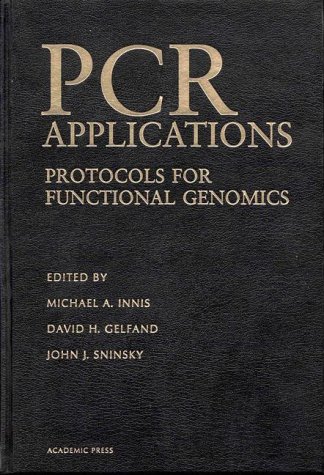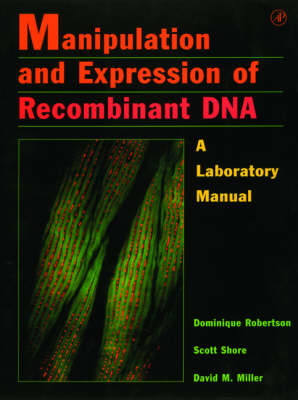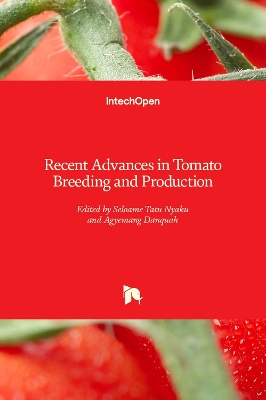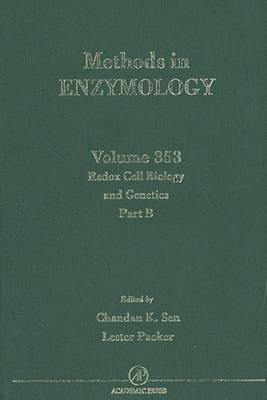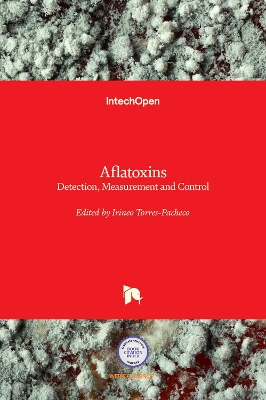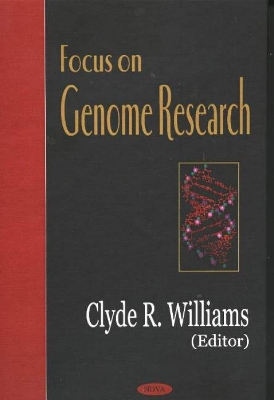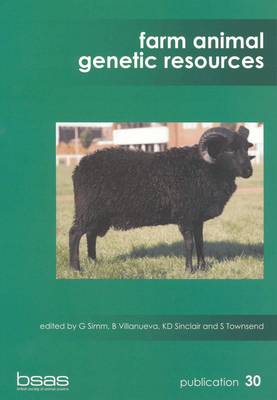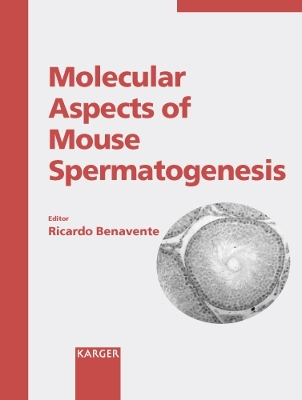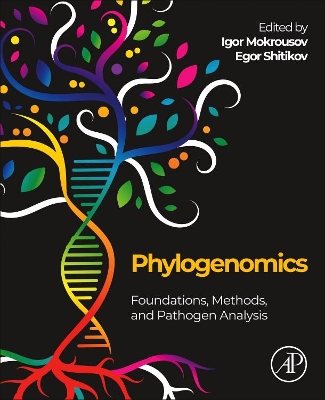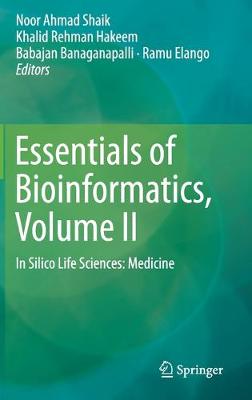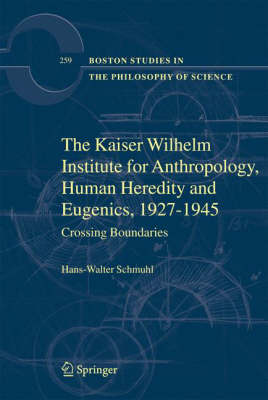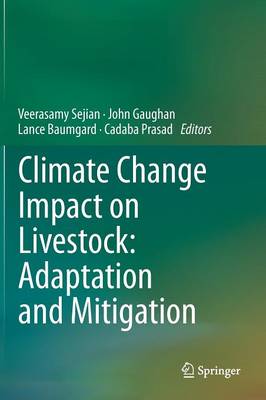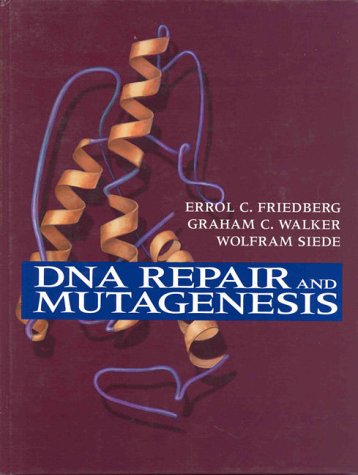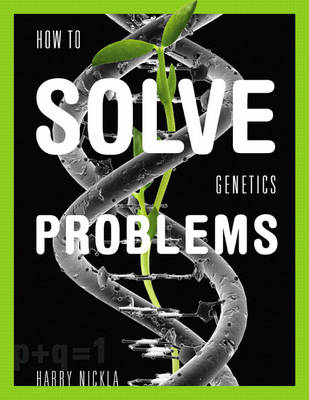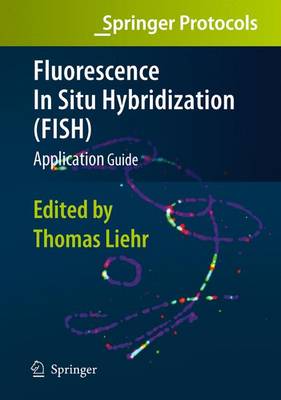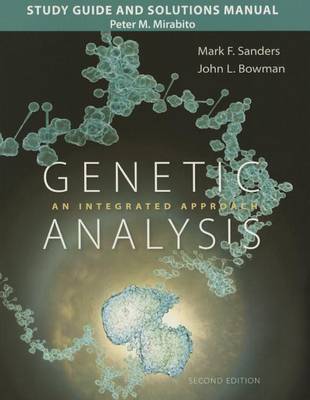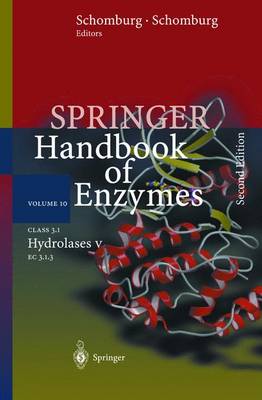PCR Methods Manual
Manipulation and Expression of Recombinant DNA
by Dominique Robertson, etc., Scott Shore, and David M. Miller
This laboratory manual is designed for use in introductory biotechnology courses. Experiments are constructed in a modular fashion, lending this book both to the traditional semester course and the shorter intensive course. Its main objective is to expose students to the basic research protocols used in molecular biology and biochemistry labs. This text covers techniques in detail and teaches students to culture and transform bacteria, grow vector plasmids, purify insert DNA, ligate vector and i...
Recent Advances in Tomato Breeding and Production
Tomato cultivation is a major economic activity in many countries of the world. Thus, strategic efforts should be directed towards mitigating production constraints that limit overall yields and quality. In addressing some of these constraints, researchers are developing and using varieties of modern and innovative techniques to improve local tomato germplasm, make rapid genetic gains, and breed for varieties with resistance to biotic and abiotic stress. This book focuses on recent advances in g...
Redox Cell Biology and Genetics, Part B (Methods in Enzymology)
by Chandan K Sen
The critically acclaimed laboratory standard for more than forty years, Methods in Enzymology is one of the most highly respected publications in the field of biochemistry. Since 1955, each volume has been eagerly awaited, frequently consulted, and praised by researchers and reviewers alike. Now with more than 300 volumes (all of them still in print), the series contains much material still relevant today-truly an essential publication for researchers in all fields of life sciences.
Aflatoxins
Focus On Genome Research
Farm Animal Genetic Resources (BSAS Publication, #30)
Molecular Aspects of Mouse Spermatogenesis
In recent years considerable progress has been made in the identification, immunolocalization and biochemical characterization of proteins expressed in mammalian spermatogenic cells. However, under culture conditions spermatogenic cells are difficult to investigate and manipulate, a limitation that has often complicated their functional analysis. By using the mouse as a model system, some of these limitations have been overcome. The techniques of producing genetically manipulated (knockout, tr...
Development and Evolution
by Edward Bagnall Poulton, James Mark Baldwin, and Conwy Lloyd Morgan
Phylogenomics
Phylogenomics: Foundations, Methods, and Pathogen Analysis offers a deep overview of phylogenomics as a field, compelling recent developments, and detailed methods and approaches for conducting new research. Early chapters introduce phylogenomic taxonomies of organisms and pathogens, phylogenomic networks, phylogenomics of virus virulence, and ancient DNA analysis, with a second section offering methods, detailed descriptions and step-by-step instruction in genome assembly and annotation, horizo...
Essentials of Bioinformatics, Volume II
Bioinformatics is an integrative field of computer science, genetics, genomics, proteomics, and statistics, which has undoubtedly revolutionized the study of biology and medicine in past decades. It mainly assists in modeling, predicting and interpreting large multidimensional biological data by utilizing advanced computational methods. Despite its enormous potential, bioinformatics is not widely integrated into the academic curriculum as most life science students and researchers are still not...
From its founding in 1927 until its dissolution in 1945, the Kaiser Wilhelm Institute for Anthropology, Human Genetics, and Eugenics (KWI-A) in Berlin-Dahlem transgressed many a boundary; indeed, the transgression of boundaries was in a sense its raison d’être from the outset. Initially this applied to the boundaries within the disciplinary canon of the human sciences. Even from its basic conception, the institute, centered around the person of its founding director Eugen Fischer (1874– 1967), w...
Climate Change Impact on Livestock: Adaptation and Mitigation
This volume addresses in detail both livestock’s role in climate change and the impacts of climate change on livestock production and reproduction. Apart from these cardinal principles of climate change and livestock production, this volume also examines the various strategies used to mitigate livestock-related GHG emissions, and those which can reduce the impacts of climate change on livestock production and reproduction. Presenting information and case studies collected and analyzed by profess...
Deoxyribonucleic Acid and Mutagenesis
by E Friedberg, Graham Walker, and Wolfram Siede
This is a major revision and updating of the classic work in the field of DNA repair by Errol Friedberg published in 1985. The authors have extensively revised the original text and provided more than 4000 references to current primary research literature. In addition, there are four new chapters on mutagenesis. The book will serve as an important reference resource for all courses in DNA repair and mutagenesis, and for molecular biologists working in many areas of cancer research
A supplement for any genetics textbook, this guide gives students thorough instruction and practice for solving genetics problems. Using callout comments, the author walks students through the process of breaking down word problems by dissecting each sentence. At each significant point in the statement of a problem, students learn to evaluate the given data, think about how it fits into the larger picture, and analyze relationships that lead to a potential solution. Currently,How to Solve G...
This FISH application guide provides an overview of the principles and the basic techniques of fluorescence in situ hybridization (FISH) and primed in situ hybridization (PRINS), which are successfully used to study many aspects of genomic behavior and alterations. In 36 chapters, contributed by international experts in their particular field, the nowadays multiple approaches and applications of the powerful techniques are presented and detailed protocols are given. Described here are methods us...
Medizin- Und Bioethik (Ethik Transdisziplinar, #1) (Ethik Transdisziplinaer, #1)
Diese umfassende und interdisziplinare Bestandsaufnahme zur Medizin- und Bioethik will den Denkanstoss liefern zu einer gemeinsamen politischen, sozialen, rechtlich und naturwissenschaftlich verankerten Verortung des kunftigen Gesundheitswesens. Der Praxisbezug fur das Wohl des Einzelnen steht im Vordergrund. Dabei ergeben sich Spannungsfelder, dramatische wirtschaftsethische Fragen im Verhaltnis von Forschung, Verantwortung und Haftung. Transplantation, Patientenverfugung, Sterben und Tod, Mitt...
Study Guide and Solutions Manual for Genetic Analysis
by Mark F. Sanders, John L. Bowman, and Peter Mirabito
Written by Peter Mirabito from University of Kentucky, the Study Guide/Solutions Manual is divided into five sections: Genetics Problem-Solving Toolkit, Types of Genetics Problems, Solutions to End-of-Chapter Problems, and Test Yourself. In the "toolkit," students are reminded of key terms and concepts and key relationships that are needed to solve the types of problems in a chapter. This is followed by a breakdown of the types of problems students will encounter in the end of chapter problems f...
Class 3.1 Hydrolases V (Springer Handbook of Enzymes, #10)
The Springer Handbook of Enzymes provides concise data on some 5,000 enzymes sufficiently well characterized – and here is the second, updated edition. Their application in analytical, synthetic and biotechnology processes as well as in food industry, and for medicinal treatments is added. Data sheets are arranged in their EC-Number sequence. The new edition reflects considerable progress in enzymology: the total material has more than doubled, and the complete 2nd edition consists of 39 volumes...

